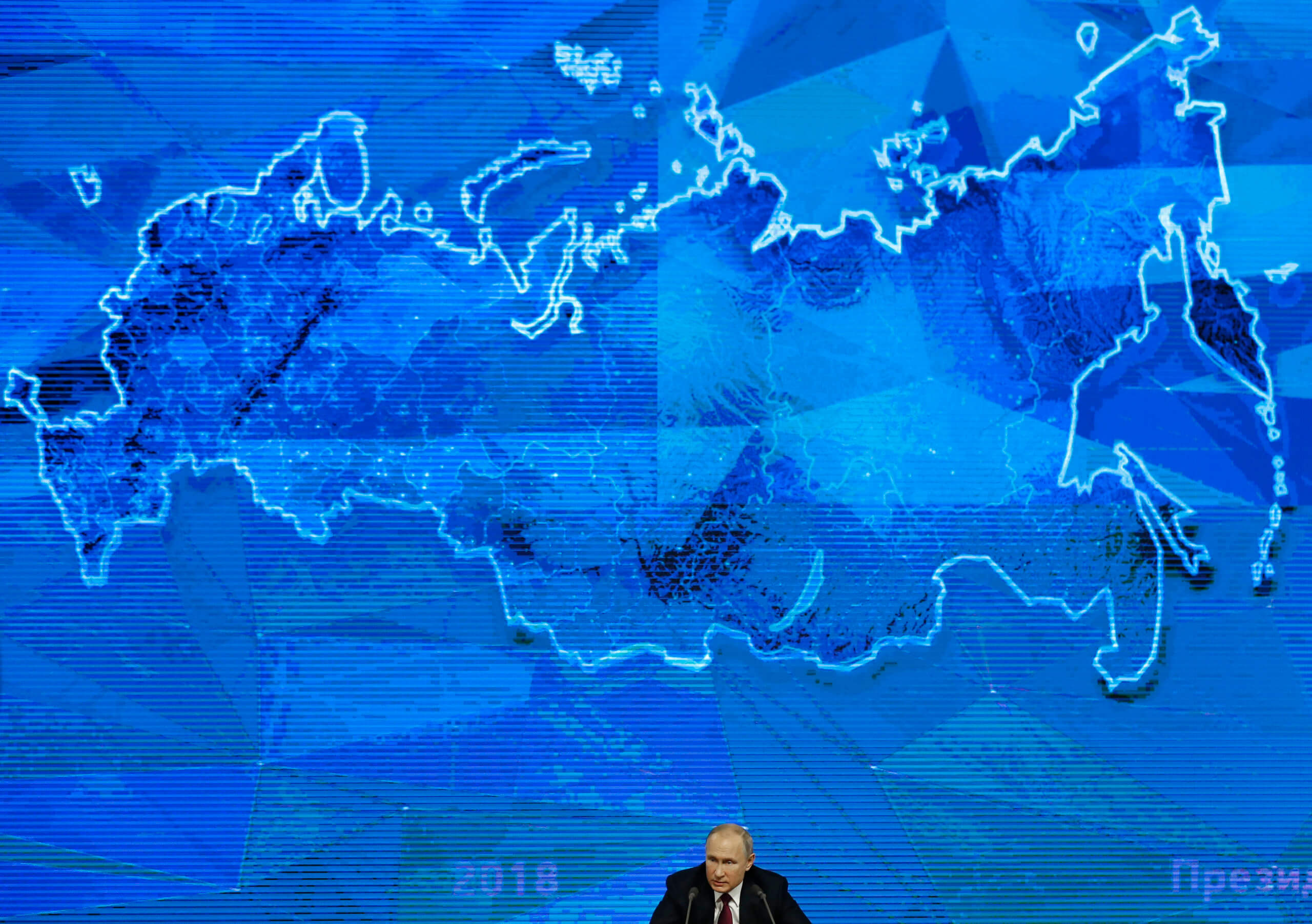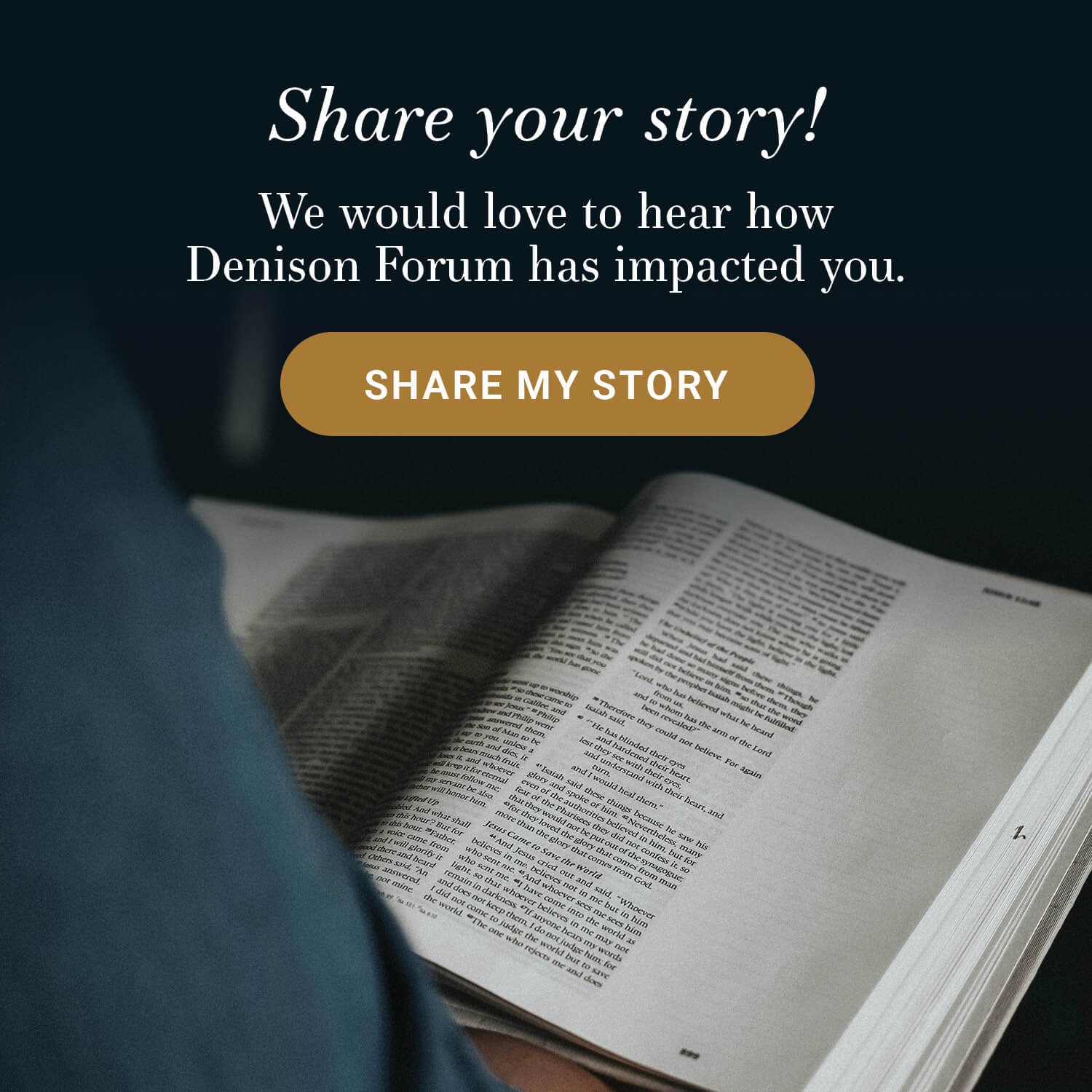
Russian President Vladimir speaks during his annual news conference in Moscow, Russia, Thursday, Dec. 20, 2018. (AP Photo/Alexander Zemlianichenko)
One of the most commonly asked questions since Russia began preparing for their recent invasion of Ukraine has been: What does Vladimir Putin hope to gain by going to war?
It’s been asked frequently because no one really seems to know.
And while I will not pretend to be able to answer that question any more definitively than others, Putin’s past does reveal a great deal regarding what might be motivating his actions in the present.
So let’s take a closer look at Russia’s most powerful figure to see how the path that led him to prominence has now brought him to the brink of global war and why, in many ways, this type of conflict was always the most likely outcome of his time in power.
Who is Vladimir Putin?
Vladimir Putin was born on October 7, 1952, in Leningrad (now known as St. Petersburg) to a family that had, like many others, suffered greatly during World War II.
Putin’s early life, however, was relatively normal. He graduated from Leningrad State University in 1975 with a law degree, focusing on international law. He then joined the KGB that same year and commenced his rise through the ranks as an intelligence officer.
In the early 1990s, he began his venture into politics, working as an aide to Anatoly Sobchak, who was the mayor of St. Petersburg. In 1996, he moved to Moscow and began working for the government on a national level. Within three years, he had ascended to the role of Prime Minister, which is where his story takes its most relevant turn for us to consider today.
When Russia invaded Chechnya
Putin’s first job as Prime Minister was to get control of the rebellion that had plagued the region of Chechnya for the better part of a decade.
When the USSR collapsed in 1991, Chechnya joined several other regions in declaring their independence. However, unlike Georgia, Ukraine, and others that existed along the western border of the former Soviet Union, Chechnya was landlocked within the rest of Russia. As a result, the Russian government was less inclined to grant the Chechens their freedom.
Despite this resistance, though, Dzhozkhar Dudayev took control of the relatively small territory in 1991 and established “an anti-Russian autocratic state.” Rather than engage in open war, Russian President Boris Yeltsin instead chose to back several rebellions within the country and attempt to overthrow Dudayev in that manner. Putin’s support for the rebels in eastern Ukraine in recent years mirrors such efforts in several ways.
Once it became clear that a rebellion within Chechnya was not going to succeed, Yeltsin invaded Chechnya on December 11, 1994. While the Russian military initially proved successful, they were forced into continued combat for the next two years before Chechen forces eventually retook the capital city of Grozny in August of 1996.
A ceasefire was declared the next year. While Chechnya was technically still part of Russia, the circumstances were a stain on Yeltsin’s time as president and a historic event he did not want to be an enduring part of his legacy.
So, two years later, he empowered a young and relatively unknown figure within the government to rectify the situation.
Putin elected Russian president
Vladimir Putin’s first foray into national recognition began with declarations that he had no plans to launch an invasion of Chechnya. Yet, all the while, he’d amassed tens of thousands of troops who, when ready, quickly attacked and recaptured the capital with the help of aerial and artillery bombardments.
By February of 2000, the Chechen capital city of Grozny was destroyed, the rebellion was largely over, and Putin became the favorite in the next month’s presidential election. He would go on to win, garnering 53 percent of the vote, and serve the first of his terms in office.
Over the next eight years, his status within Russia and around the world would continue to grow. The only time since that he has not served in the country’s most powerful position was when the constitution required him to vacate the office after two terms. Dmitry Medvedev followed him as Russian president in 2008, while quickly naming Putin as Prime Minister, until the two could swap roles again in 2012.
Putin would go on to make sure a similar charade was unnecessary by advocating for constitutional changes in 2020 that eliminated restrictions on how many terms one could serve consecutively.
Putin’s second stint as president did not go as smoothly as his first, however.
Russia annexes Crimea
As the Russian economy continued to struggle, opposition began to grow bolder. And while his popularity with the people has never waned to the point that his position of authority was actually in jeopardy, his iron grip on the hearts of Russians had begun to loosen. Consequently, he spent much of the last ten years attempting to distance Russia from the West, who he saw as the greatest threat to his power and vision for Russia.
Putin’s desire to draw a clearer distinction between the Russian people and the rest of the world took its most public step forward when he annexed Crimea in 2014. After pro-Russian Ukrainian president Viktor Yanukovych was replaced following months of protests, Putin ordered his troops into the country and captured Crimea.
While the West responded with sanctions that further devastated the Russian economy, most Russians actually approved of the president’s actions and were happy when Crimea was formally annexed in March of 2014. The area had been part of Russia until the 1950’s when it was nominally transferred to Ukrainian control. It was always seen as more Russian than anything else though, both by the citizens of Russia and most of those living in Crimea. (For more on Russia, Crimea, and Ukraine, see “Why does Russia want Ukraine? A timeline of Russian aggression against Ukraine”.)
Still, the success and popularity of the invasion did not go unnoticed by Putin, and the parallels to his current war are important to notice.
Between the invasion of Crimea and the current campaign, however, there is another conflict that speaks to the Russian president’s approach to maintaining unrivaled authority over the nation.
Russia fights alongside Syria in Aleppo
In 2015, the conflict in Syria between President Bashar al-Assad and pro-democratic rebels was nearing its peak. Most western powers supported the rebels, and it looked like they may have had a chance to win. However, two days after delivering a speech in front of the UN in which he described the US and NATO as a danger to the security of the world, Putin committed Russian forces to the war on the side of al-Assad.
And, as with Chechnya, his approach to Syria will look all too familiar to those who have been following the war in Ukraine.
While Syrian forces fought on the ground, Russian planes and missiles provided support through the air. The combination helped to put the rebel forces in retreat in brutal fashion. Perhaps no battle illustrates the tactic better than what happened at Aleppo in 2016.
The Syrian army laid siege to the city while rebellion forces—including civilians—were trapped inside. Artillery and air strikes then systematically destroyed much of the city. UN chief Ban Ki-moon would eventually go on to describe the city as “a synonym for hell.”
After the Ukrainian city of Kharkiv experienced similar destruction in recent days, Charles Lister of the Middle East Institute wrote that it was “like Aleppo all over again.”
Unfortunately, the similarities don’t stop there.
As part of peace talks with Ukraine in recent weeks, Russia has agreed to establish safe corridors that nominally allow civilians to escape areas of increased violence. Reports of attacks on civilians attempting to evacuate have been increasingly frequent since the agreement was reached, however. And, as AJ Naddaff describes, even those lucky enough to get through unscathed have found that many of these “evacuation routes led mostly to Russia and its ally Belarus.”
Ultimately, such a strategy results in giving “residents a brutal choice between fleeing into the arms of their attackers or dying under bombardment.”
Rebels in Assyria were given the same choice and often experienced a similar fate. The tactic has the benefit of making it seem like any noncombatants who die in subsequent attacks were given the chance to survive. But, as Sara Kayyali of the Human Rights Watch notes, far too often it seems like Russia’s approach to such offerings amounts to creating “a humanitarian corridor for two days and then [saying], ‘Well, we’ve done our job, now we can destroy everything.'”
While we may look on in horror as the casualties continue to mount, Putin appears more than willing to continue his pattern of attacks for at least one very important reason: they work.
What will Putin do next?
Since the start of the invasion, reports indicate that Putin’s popularity with the Russian people has actually improved.
As Clint Ehrlich describes, while many Russians are not in favor of the war and do not want to see Ukrainians or their country suffer, “the average citizen sees the conflict as a war of necessity—one forced onto Russia by NATO and Ukraine.”
In fact, a recent poll found that only 4 percent of Russians think primary responsibility for the war rests with Putin, while 60 percent see America and NATO as the initiators of the conflict.
As a result, when those same Western powers then level sanctions against Russia for a conflict its citizens do not believe is their country’s fault, the results only serve to lend validity to Putin’s claims that the West is a threat to their way of life.
While we may see scenes of anti-Putin demonstrations and angry citizens on the news here, those groups hardly represent the Russian people as a whole. As Ehrlich notes, “The Russians who are upset with Putin about sanctions are the ones who already opposed him. They are a vocal, younger minority inside the country. But the people attending anti-war marches are the same ones who previously were marching against corruption.”
So as their economy continues to grow weaker, the Russian people’s ties to the government are likely to grow much stronger. That, ultimately, appears to be what Vladimir Putin wants most.
He is more than willing to risk the wrath of the West so long as it wins him the loyalty of his citizens. And, as the one-hundredth anniversary of the founding of the Soviet Union approaches at the end of this year, it seems increasingly likely that Putin has designs on celebrating with the establishment of “a new Russian empire.”
Where that leads next, we cannot know.
We can look at trends and prepare for likely outcomes but, at the end of the day, Putin is the only one who really understands what Putin is planning.
That lack of knowledge makes it all the more vital that we spend time praying for guidance from the God who knows the Russian president’s heart and mind better than we ever could.
Will you join me in doing so now?











